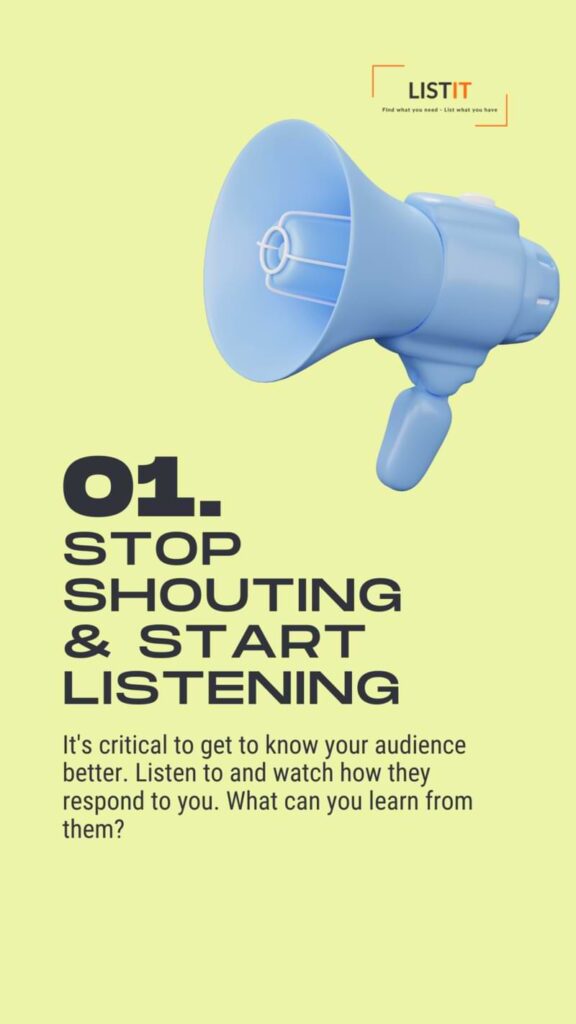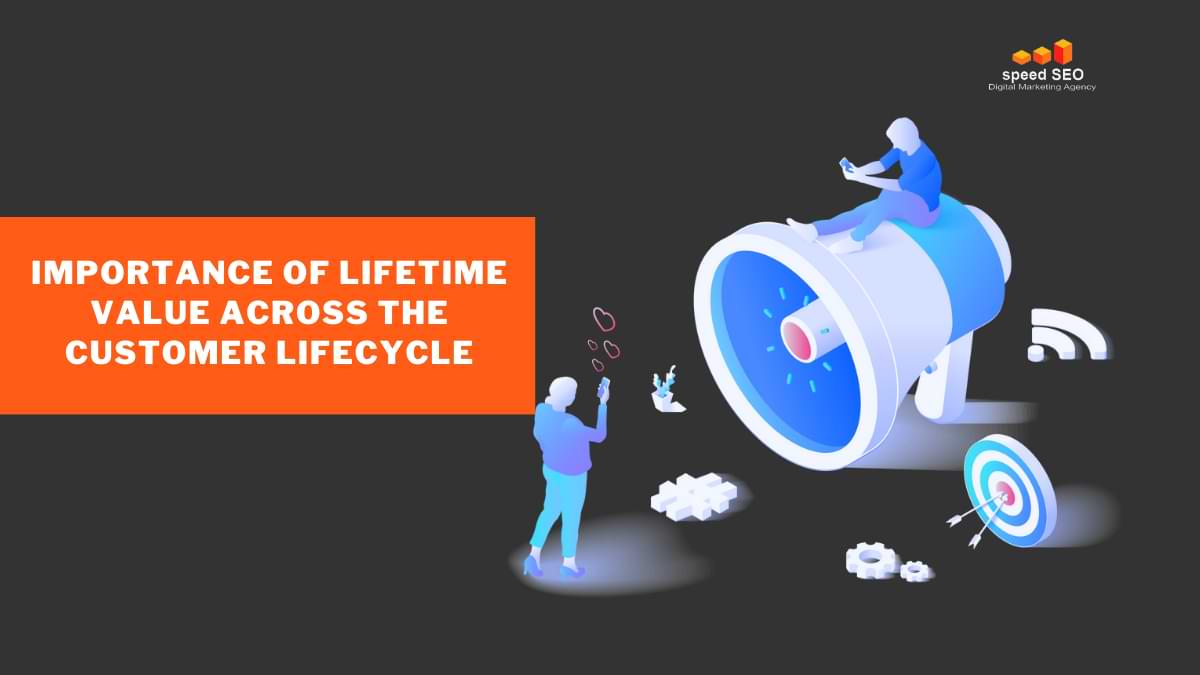Executive Summary
Lifetime Value (LTV) is a crucial metric that measures the revenue a customer is expected to generate over their entire relationship with a company. This data informs decision-making across marketing, product, finance, sales, and more to optimize growth and profitability.
This report covers best practices for calculating LTV, segmenting LTV metrics, applying LTV across the customer lifecycle, integrating LTV company-wide, monitoring LTV trends, and maximizing LTV through upsells, cross-sells and referrals. With a strategic focus on LTV, organizations can shift from short-term transactional thinking to long-term customer-centricity.
“LTV is the North Star metric that aligns our teams around profitable customer relationships vs. one-off sales.”
Jesus Guzman, CEO at M&G Speed Marketing LTD.
Defining Lifetime Value
Lifetime Value (LTV) is the total revenue expected from a customer relationship over time. It is a projection of the net profit attributable to the entire future relationship with a customer, not just the initial sale.
For subscription businesses, a simple LTV calculation is:
Average Revenue Per User (ARPU) X Gross Margin % / Churn Rate
For product businesses, a common formula is:
Average Order Value X Purchase Frequency X Estimated Customer Lifespan
LTV contrasts with customer acquisition cost (CAC), which is the cost of onboarding a new customer. In sustainable business models, LTV always exceeds CAC.
Uses of Lifetime Value Metrics
LTV is invaluable for shifting focus from short-term sales to long-term customer relationships. Key uses include:
- Money – Projecting revenue, growth, valuations
- Marketing – Setting customer acquisition cost (CAC) limits based on LTV
- Product – Prioritizing features that increase retention or order values
- Sales – Structuring commissions around LTV rather than one-time sales
- Customer Success – Customizing onboarding, support, renewals based on LTV tiers
With LTV at the core, teams can align around profitable customer lifecycle management rather than individual transactions.

Segmenting LTV Metrics
72% of companies saw a 10% or greater increase in average order value when segmenting customers by LTV.
Source: Zippia, 28 Critical Customer Retention Statistics [2023]
For accurate projections, LTV must be calculated separately for customer segments. Relevant segmentation factors include:
- Pricing tiers – LTV varies based on contract values
- Industry verticals – LTV differs across industries
- Geographies – Behavior may vary by region
- Customer size – Enterprise vs. SMB vs. startup LTVs diverge
Without segmentation, LTV metrics can be skewed by outliers. Segment-level LTVs enable tailored strategies for the highest potential customers.
Applying LTV During Customer Acquisition
LTV should inform acquisition investments and targeting. Best practices include:
- Set maximum CAC based on LTV – Don’t overspend to acquire customers
- Focus on high-LTV segments – Avoid over-investing in low-profit segments
- Balance LTV and volume – Temper volume if LTV is lagging
- Test and optimize based on LTV – Stop investing in poor performing segments
- Establish LTV benchmarks – Measure marketing against targets
With LTV guiding acquisition, wasteful marketing spend can be avoided.
We optimized our digital ad spending by 20% the first quarter after mapping CAC to LTV by segment.
Jesus Guzman
Informing Onboarding and Early Engagement with LTV
LTV estimates should be validated and refined during onboarding. Recommendations:
- Confirm segment-level pricing and projected order values
- Provide onboarding touchpoints proportional to LTV – Prioritize high-LTV customers
- Establish an engagement score based on early renewals, upsells, etc.
- Update LTV projections based on early engagement signals
- Develop nurturing tracks tailored to revised LTV projections
- Focus cross-sells and upsells on highest-LTV segments first
Early engagement metrics can confirm or refute LTV assumptions. This allows optimization of future touchpoints.
Maximizing Retention and Loyalty for High-LTV Customers
With segmented LTVs, retention programs can focus where profit impact is greatest:
- Prioritize retention marketing to customers above the median LTV
- Offer exclusive perks and promotions to drive loyalty among top LTV tiers
- Structure contracts and renewals favorably for high LTV segments
- Assign senior-level account managers to manage highest-LTV accounts
- Customize VIP support, services, and migration assistance for top tiers
Reducing churn among high-LTV customers yields exponentially greater impact on profitability.

Leveraging LTV During Renewals and Expansion
Renewal and expansion decisions should factor in updated LTV metrics. Tactics include:
- Offer preferential renewal pricing to customers with rising LTV trajectories
- Structure expansion-focused discounts around projected increase in LTV
- Develop retention offers calibrated to the revenue risk of churn
- Model incremental LTV from cross-sells and upsells during renewals
- Establish expansion thresholds aligned to incremental CAC per offer
Baking LTV impact into renewal and expansion processes sustains long-term growth.
Monitoring LTV Trends and Cohorts
LTV projections must be regularly validated against outcomes:
- Track LTV over time, by cohort, and by segment to identify upward or downward trends
- Monitor actual LTV versus projections to quickly address deviations
- Set LTV performance targets, stratified by segment, to drive sales and marketing
- Analyze churn reasons, order values, and customer lifespans across LTV tiers
- Factor macro-economic conditions into LTV modeling to improve accuracy
This fosters a culture of accountability for LTV performance.
Integrating LTV Metrics Across Business Functions
To maximize LTV’s impact, it must permeate strategic planning and processes company-wide:
- Finance integrates LTV into valuation models, growth planning, and quarterly forecasts
- Marketing and Sales focus promotional campaigns on high-LTV segments
- Product utilizes LTV cohort analysis to prioritize retention-driving features
- Customer Success managers conduct quarterly business reviews through an LTV lens
- HR incorporates LTV achievement into compensation and incentives
Rallying the organization around LTV best positions it as the north star metric.

Maximizing Lifetime Value Through Upsells & Referrals
Two proven ways to boost LTV are incremental upsells and customer referrals:
- Develop upsell packages with pricing tiers based on current LTV
- Structure referral programs to reward customers for driving high-LTV acquisitions
- Create bundles that incentivize customers to increase order values
- Identify cross-sell opportunities during account reviews and renewal discussions
- Test promotional pricing to stimulate cross-sells among top LTV segments
- Market high-LTV customers on referral programs to maximize viral acquisition
Executed strategically, these incremental revenue streams compound growth.
Key Takeaways and Next Steps
- Adopt LTV as the guiding metric across marketing, sales, product, and finance
- Set company-wide LTV targets to align teams on profitable customer growth
- Develop referral and upsell programs to increase LTVs across the customer base
- Discuss rollout plan for LTV initiatives across the customer lifecycle
With LTV at the core, organizations can transform from sales-driven to customer-centric. This report provides a blueprint for strategic integration of LTV to maximize customer profitability over time. Let’s connect to detail next steps.





